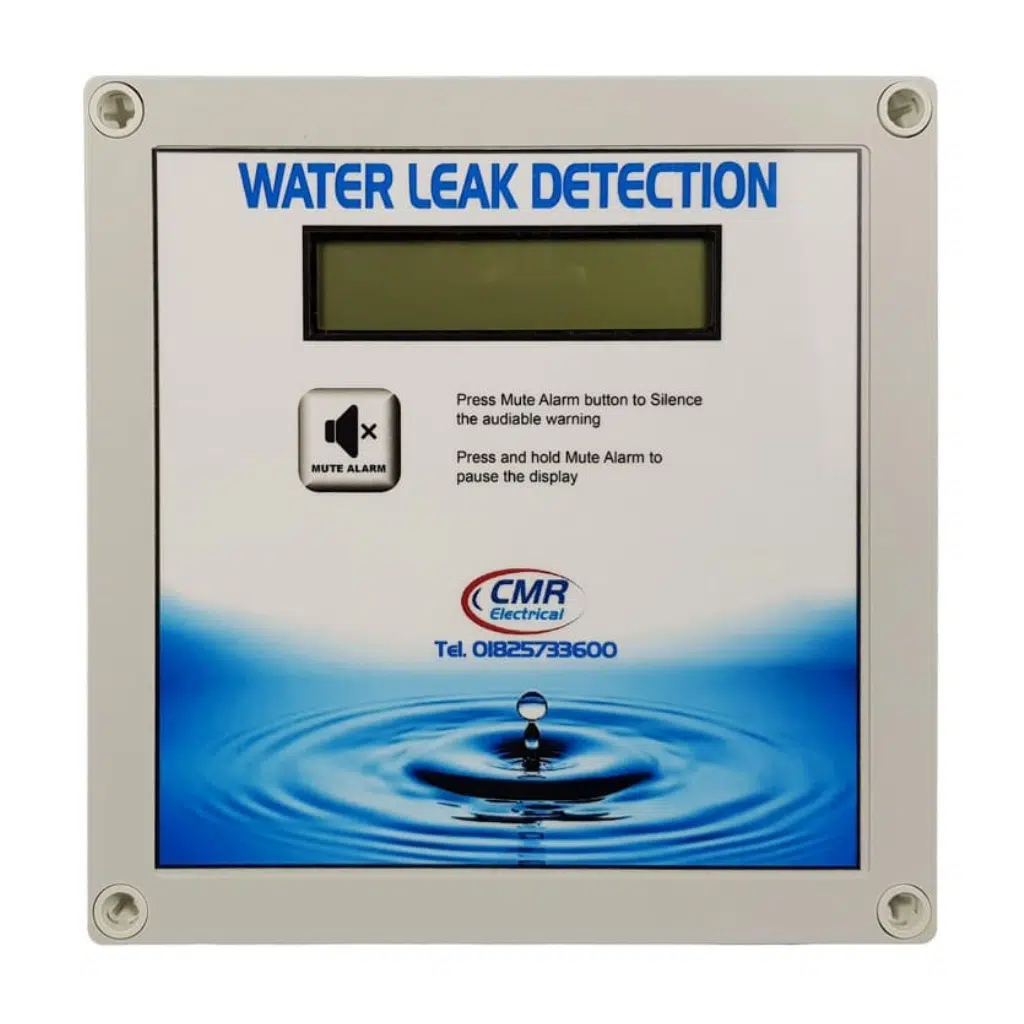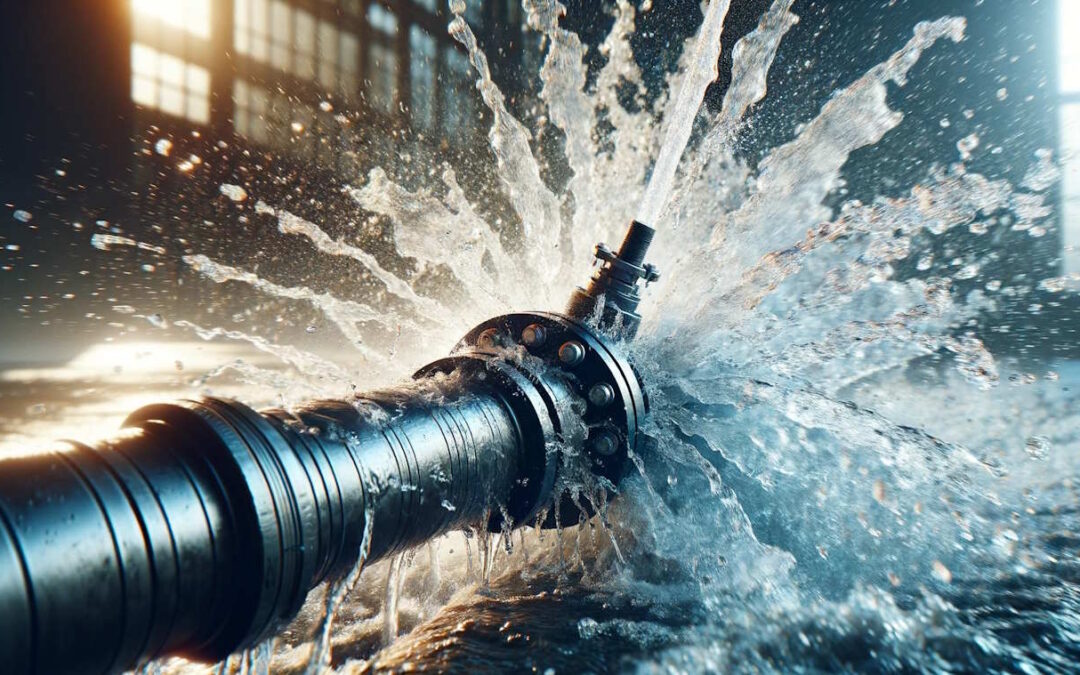Comprehensive Guide to Water Leak Detection for House Owners and Businesses
Wiki Article
Cutting-edge Solutions for Very Early Discovery of Water Leaks in Structures and Infrastructure
From advanced leakage discovery innovations to the release of IoT sensors for real-time tracking, the landscape of leak avoidance is developing rapidly. Automated water circulation evaluation systems are reshaping exactly how leaks are determined and attended to, leading the method for an aggressive technique to water leak detection.Advanced Leakage Detection Technologies
Advanced leak detection technologies, equipped with advanced sensing units and algorithms, play an important function in swiftly identifying and pinpointing water leakages in numerous settings. These modern technologies employ a mix of acoustic, thermal, and electro-magnetic noticing techniques to spot leaks properly. Acoustic sensors discover the sound of escaping water, permitting for specific localization of the leakage source. Thermal imaging detects temperature modifications triggered by water leak, supplying another reliable technique for leak recognition. Electro-magnetic sensing units can determine changes in magnetic fields triggered by water, supplying yet one more layer of leak detection ability.
IoT Sensors for Real-Time Surveillance
In the realm of contemporary water leakage discovery, the integration of IoT sensors for real-time tracking stands for a crucial advancement in boosting positive leak discovery capacities. These sensing units offer continuous tracking of water systems, offering real-time information on water circulation prices, stress variants, and temperature level adjustments. By leveraging IoT technology, these sensors can identify even the smallest anomalies in water usage patterns, allowing early identification of prospective leakages prior to they escalate into major problems.IoT sensing units transfer information to a central system, where sophisticated algorithms assess the details and generate alerts or notifications when abnormalities are discovered. This real-time surveillance capability enables residential or commercial property owners or facility supervisors to without delay resolve leakages, decreasing water damage, lowering fixing expenses, and saving water resources.
Furthermore, IoT sensing units can be incorporated with structure monitoring systems, permitting automatic responses to detected leakages, such as shutting down water shutoffs or turning on pumps to alleviate the effect of leakages. Generally, the application of IoT sensing units for real-time surveillance substantially improves the performance and efficiency of water leakage detection in structures and facilities.
Artificial Intelligence Algorithms for Leakage Forecast

One key benefit of using artificial intelligence for leak prediction is its capability to continuously find out and enhance its accuracy with time. he said As even more data is accumulated and fed right into the algorithm, it can fine-tune its predictions and adjust to altering problems, eventually increasing the integrity of leakage discovery systems.
Furthermore, machine discovering algorithms can assist in identifying refined signs of leakages that may go unnoticed by traditional surveillance techniques. water leak detection. By evaluating intricate information collections in real-time, these algorithms can give early warnings and informs, permitting punctual treatment and preventative upkeep to reduce prospective water damages and linked prices
Utilizing Thermal Imaging for Leakage Discovery
Thermal imaging technology provides an appealing strategy for spotting water leaks in various systems and facilities. By using infrared radiation and temperature differences, thermal imaging cameras can identify covert leaks that are not easily visible to the nude eye.Among the key benefits of thermal imaging for leakage detection is its non-intrusive nature. Unlike traditional methods that might call for burglarizing walls browse this site or floors to find leaks, thermal imaging enables non-destructive screening. This not just conserves time and minimizes expenses but also minimizes disruption to the structure or framework being examined. Furthermore, thermal imaging can swiftly scan large locations, providing an extensive summary of potential leakage resources in a timely fashion. On the whole, the usage of thermal imaging innovation enhances the efficiency and precision of water leak detection, making it a valuable device for preserving the integrity of structures and facilities.
Automated Water Circulation Analysis Systems
Just how can automatic water circulation analysis systems change the detection and monitoring of leaks in numerous systems and facilities? Automated water flow evaluation systems provide an aggressive technique to leakage detection by continually keeping an eye on water flow rates and patterns. By developing baseline information, these systems can promptly determine discrepancies that might indicate a leak, making it possible for prompt intervention to stop substantial damages.These systems utilize advanced formulas to analyze real-time data and give immediate informs when abnormalities are found, allowing for swift action to be taken. In addition, automated water flow linked here evaluation systems can be incorporated with building management systems or IoT platforms, improving total performance and enabling remote tracking abilities.
Furthermore, the data collected by these systems can be used for predictive maintenance purposes, helping to identify potential powerlessness in the infrastructure before leakages take place. Generally, the application of automatic water circulation analysis systems can dramatically boost leakage discovery and monitoring techniques, eventually leading to set you back financial savings, minimized water wastefulness, and raised sustainability in structures and facilities.

Final Thought
In verdict, the assimilation of innovative leak detection technologies, IoT sensors, artificial intelligence algorithms, thermal imaging, and automatic water flow analysis systems provides ingenious options for very early discovery of water leaks in buildings and facilities. These technologies enable real-time monitoring, prediction of leakages, and efficient discovery methods to stop water damage and wastefulness. Implementing these remedies can aid in keeping the stability and sustainability of water supply in different settings.Report this wiki page